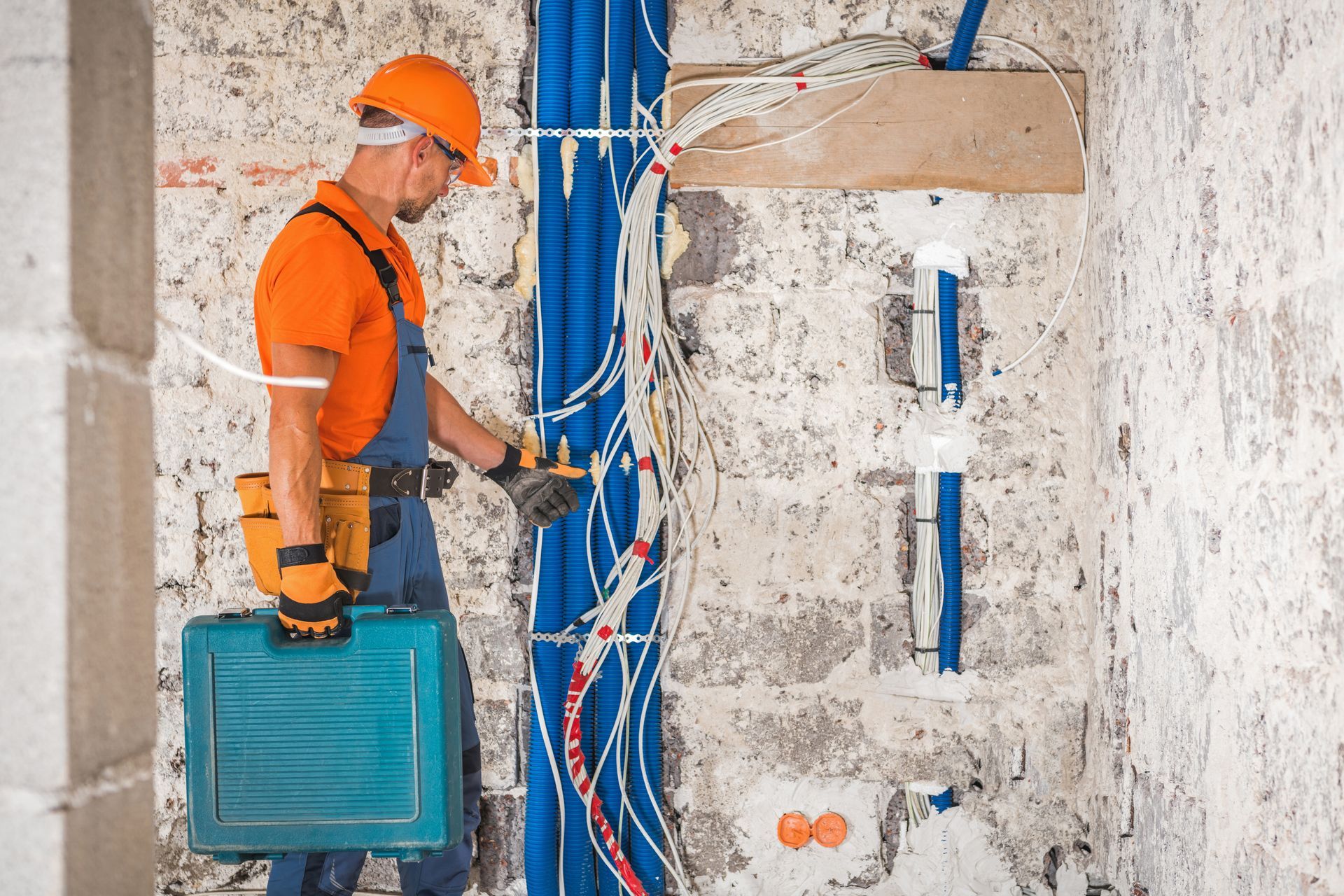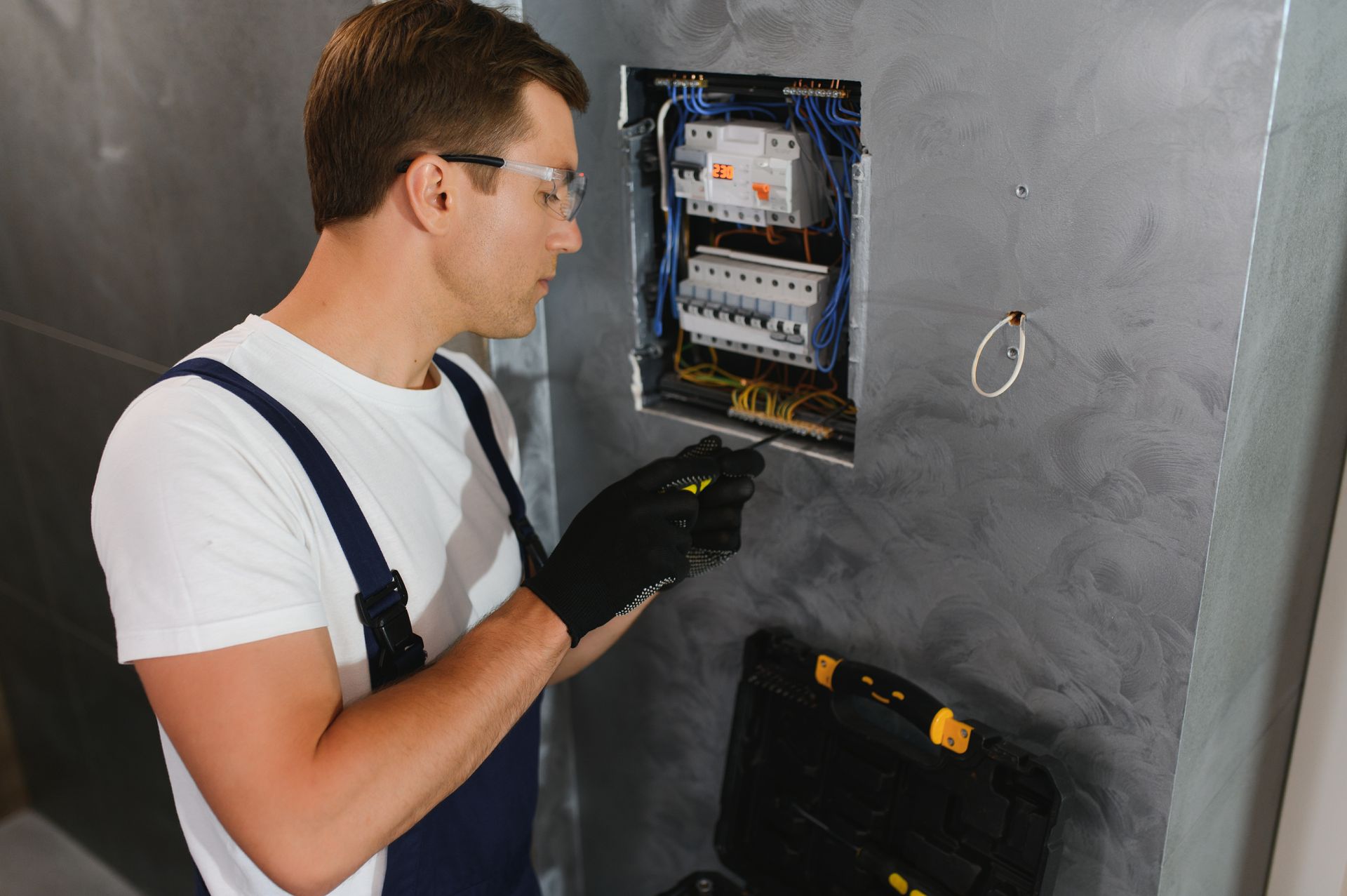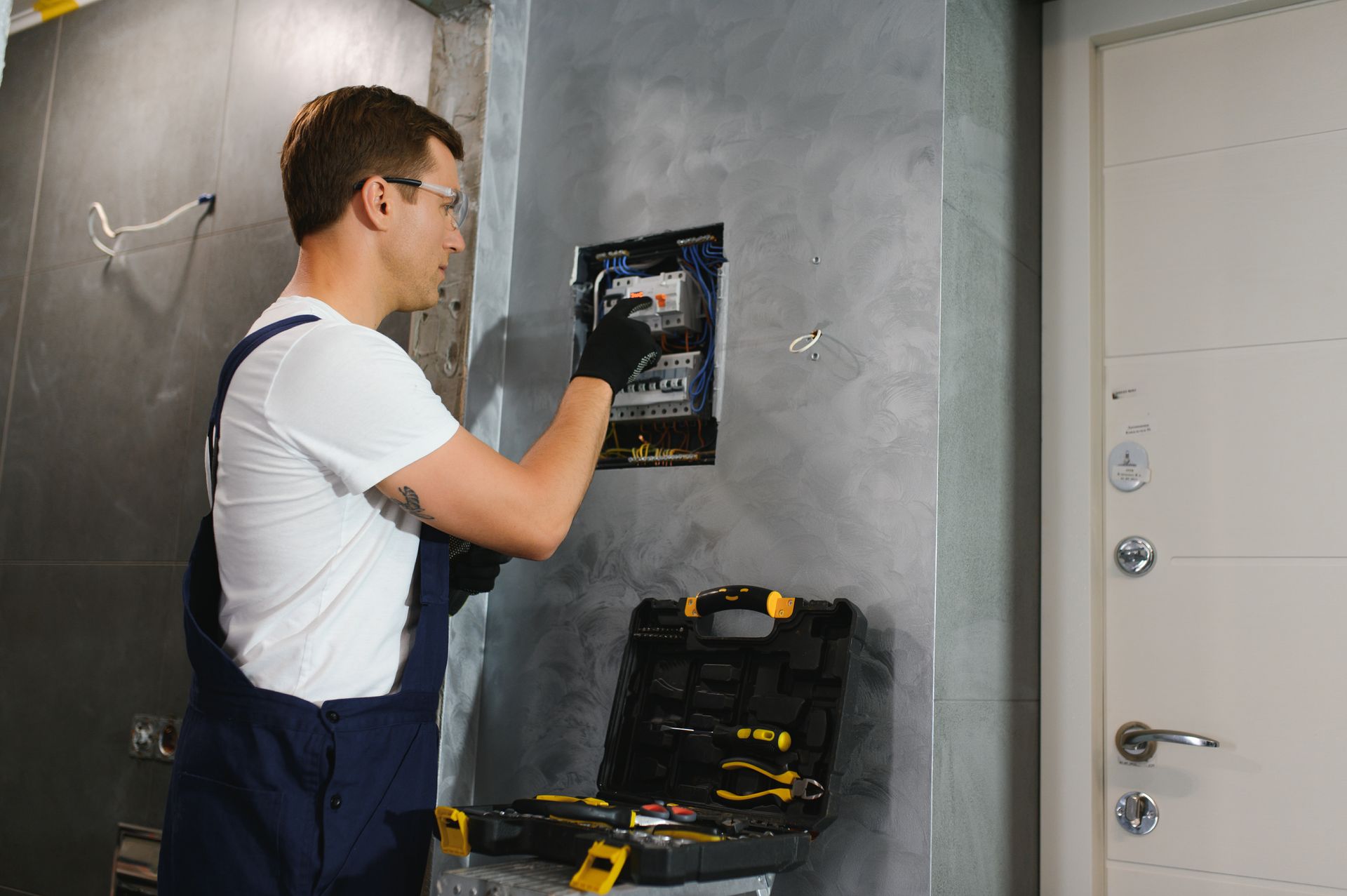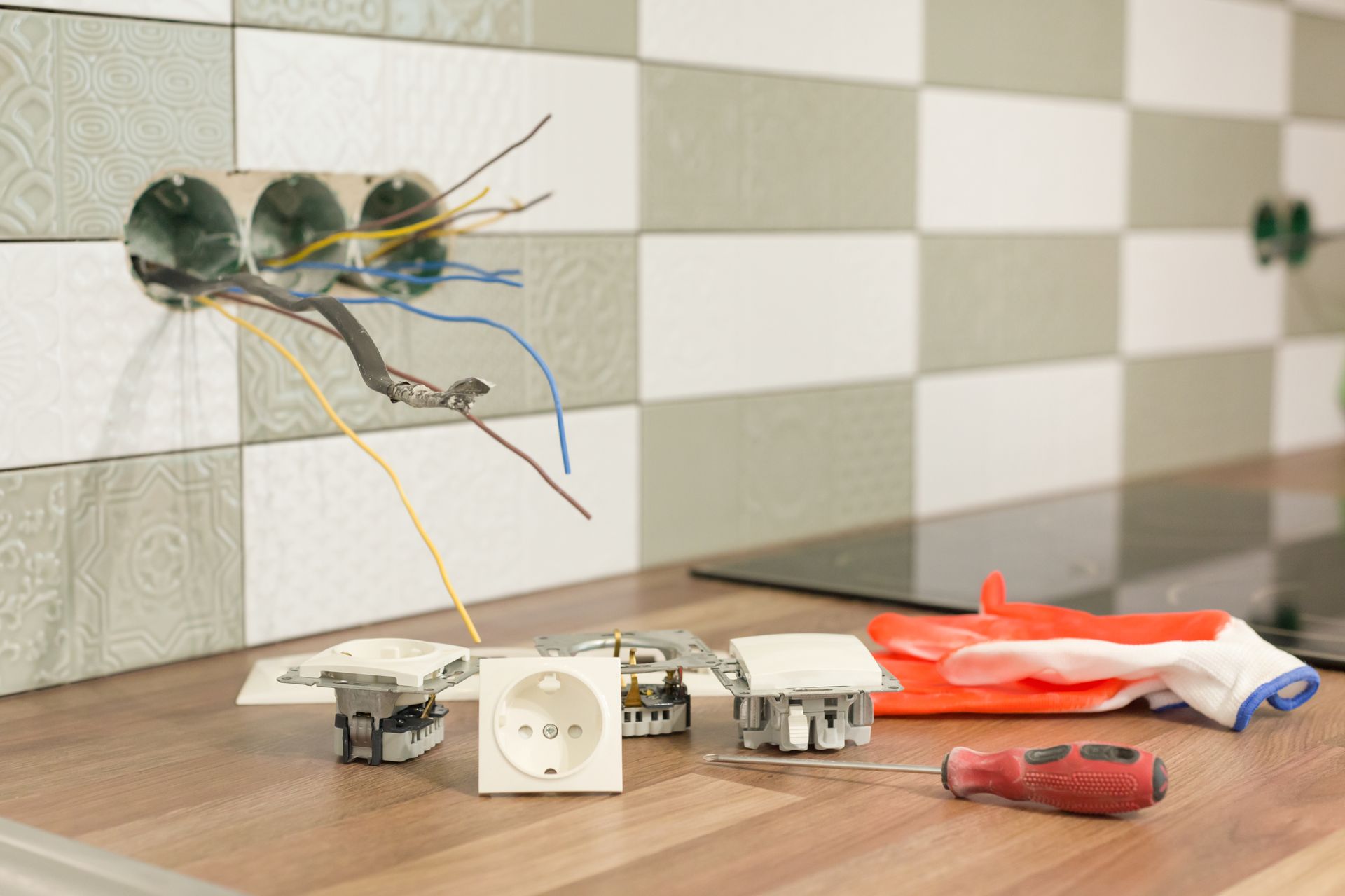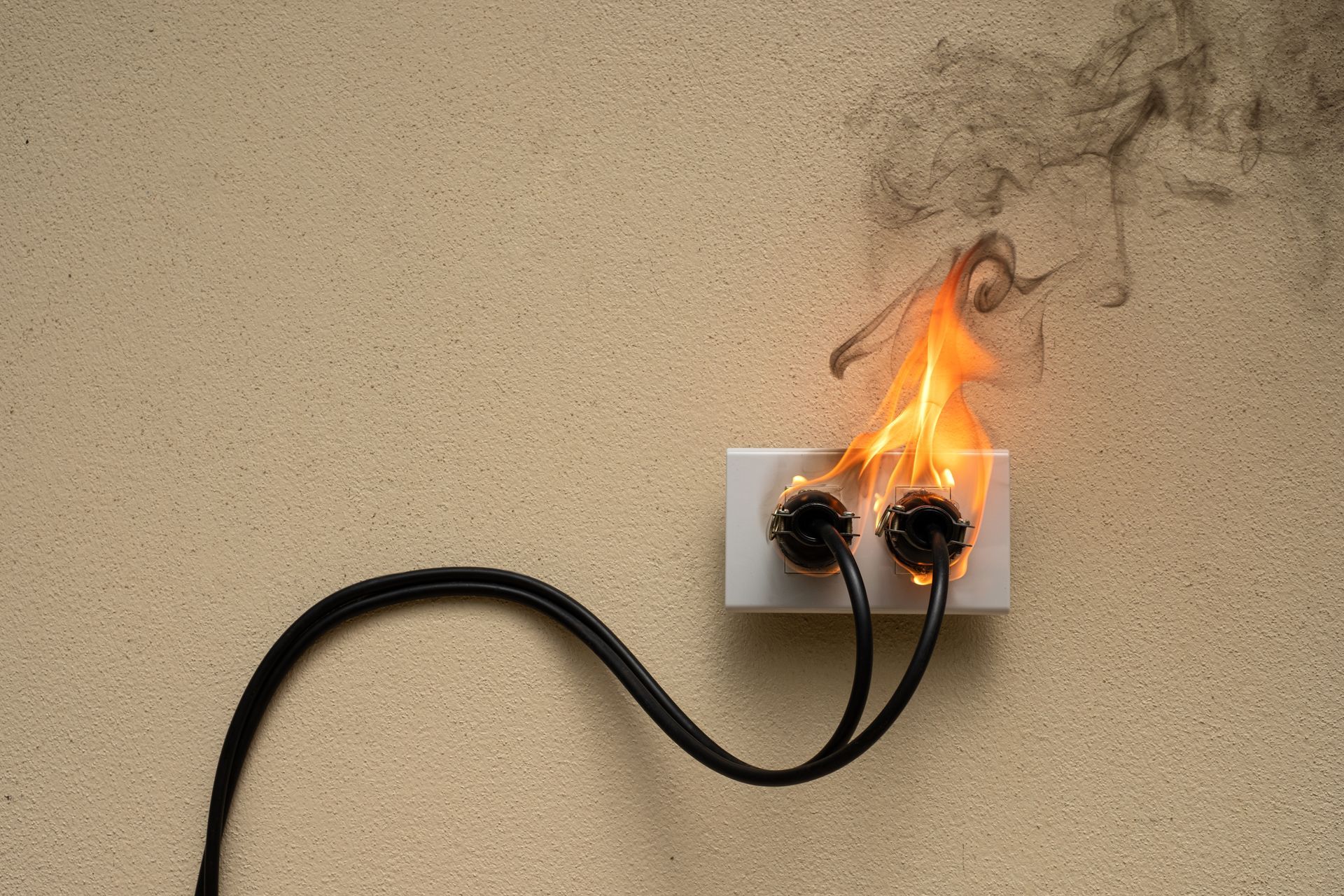Maintaining Circuit-Mapped Homes: The Key to Electrical Safety and Efficiency
Maintaining Circuit-Mapped Homes: The Key to Electrical Safety and Efficiency
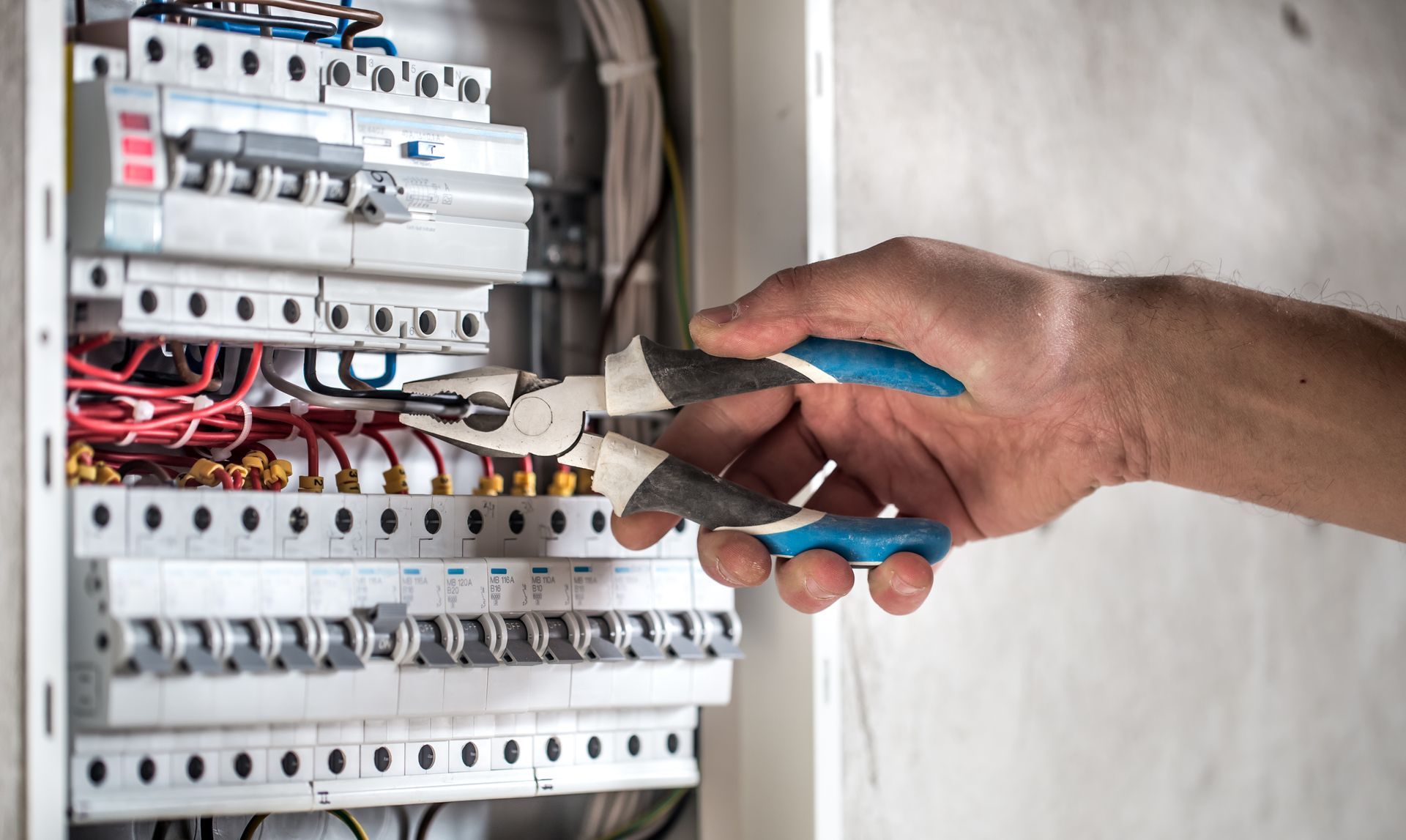
A circuit-mapped home is one where the electrical circuits are clearly identified, labeled, and organized to provide a better understanding of the wiring throughout the property. This is essential not just for electrical safety, but for ease of troubleshooting and future upgrades. Maintaining a circuit-mapped home is crucial to ensure that everything continues to function smoothly, remains safe, and helps save energy.
Here’s how you can maintain a circuit-mapped home and why it’s beneficial for you in the long run.
1. Regularly Review Your Circuit Map
Once you have your home’s circuits mapped and labeled, it’s essential to keep this map updated. As you install new electrical devices or upgrade wiring, ensure that the changes are reflected in the circuit map. This includes:
- New appliances: Major additions like air conditioners, heaters, or refrigerators may require a new dedicated circuit.
- Renovations: Any home remodeling or electrical upgrades can affect the circuit layout.
- Outdoor installations: If you add outdoor lighting, pool pumps, or garden features, update your circuit map accordingly.
By reviewing your circuit map every year or after significant electrical changes, you can avoid confusion and ensure accuracy for future repairs or improvements.
2. Label Circuit Breakers Clearly
One of the major benefits of circuit mapping is that it gives clarity to your circuit breaker panel. If a breaker trips, you’ll know exactly what part of your home has been affected. Over time, breaker labels can fade or become inaccurate due to system changes. Make it a habit to inspect the labels periodically and ensure they remain easy to read.
Proper labeling can prevent:
- Confusion during power outages
- Accidental tampering or overloads of specific circuits
- Electrical hazards caused by misidentified breakers
Keep your circuit breaker labels up to date and legible to ensure your family’s safety and to make maintenance easier.
3. Perform Routine Electrical Inspections
While circuit mapping offers excellent clarity of your home’s electrical layout, it’s still vital to have regular electrical inspections. Hiring a professional to inspect the wiring and circuit load will ensure that your home’s system is operating safely and efficiently.
Benefits of routine electrical inspections include:
- Identifying potential hazards, such as overloaded circuits or damaged wiring
- Ensuring energy efficiency and preventing power wastage
- Avoiding potential electrical fires or shorts
During an inspection, the professional can also verify that the circuit map remains accurate and up-to-date, providing an extra layer of reassurance.
4. Test Circuit Breakers Periodically
Circuit breakers are designed to protect your home from electrical overloads, but they can wear down over time. Testing them regularly can ensure they function properly in case of an emergency. To test:
- Turn off any sensitive electronics and appliances.
- Flip each breaker off and then back on to check its operation.
- If a breaker is difficult to reset or trips frequently, it may need to be replaced by an electrician.
A healthy breaker panel is an essential part of maintaining a safe, circuit-mapped home.
5. Monitor Electrical Loads
A mapped circuit helps you identify which outlets and appliances are connected to each breaker. This allows you to balance electrical loads and prevent overloads that can lead to tripped breakers or electrical fires.
Keep these tips in mind to manage electrical loads effectively:
- Avoid plugging multiple high-wattage devices into the same circuit.
- Spread out power-hungry appliances across different circuits.
- If you notice frequent tripping of a specific breaker, consider redistributing appliances or upgrading the electrical system.
Proper load management helps ensure the longevity of your home’s electrical system while maintaining safety.
6. Utilize Smart Technology for Monitoring
In today’s world, there are smart home devices designed specifically for monitoring electrical circuits and usage. Consider installing a smart circuit monitoring system that can provide real-time data on electricity usage. Such technology can alert you if there is an overload or issue in a particular circuit, allowing for quicker intervention and increased safety.
Smart monitoring devices can:
- Track energy consumption across circuits
- Identify problem areas before they escalate into larger issues
- Provide insights into optimizing energy use, thus saving on bills
Integrating smart technology with your circuit-mapped home adds another layer of efficiency and security.
7. Know When to Call a Professional
While maintaining a circuit-mapped home can be a straightforward process, there are times when professional intervention is necessary. For instance:
- Wiring issues: If you notice flickering lights, frequent breaker trips, or sparks, it’s time to call an electrician.
- Upgrades or installations: Whenever you’re adding heavy appliances or rewiring parts of your home, get a professional to ensure your circuit map stays accurate and your electrical system is safe.
- Panel upgrades: Older homes may have outdated electrical panels. If you’ve mapped circuits and find that the panel can’t handle modern loads, consult an electrician for an upgrade.
Maintaining a circuit-mapped home involves both proactive measures and knowing when to seek expert help for larger issues.
Conclusion: Why Circuit Mapping Maintenance is Crucial
A well-maintained circuit-mapped home offers peace of mind, energy efficiency, and electrical safety. It simplifies troubleshooting, keeps your breaker panel organized, and helps you manage energy consumption effectively. By regularly reviewing your circuit map, labeling your breaker panel, inspecting your electrical system, and monitoring circuit loads, you can ensure your home remains safe and efficient for years to come.
Trust TraceTech Solutions for your circuit mapping needs. Our team of professionals provides accurate and reliable circuit mapping services, ensuring your home’s electrical system is properly labeled and maintained for optimal performance and safety.
Keep your home safe and efficient with TraceTech Solutions, your trusted partner in circuit mapping.


